As a photographer there are many ways I can control and manage the light on a shoot. With external shots, the choice of which direction I choose to face, the time of day and my camera settings are all important. In many cases I will also use lens filters to give me greater control.
Camera flashes in internal photography can be used to illuminate darker areas of a room, bringing more balance to the overall exposure and helping to avoid the photograph having light and dark areas, unless that is the desired look. Often in small spaces a flash will be bounced against white ceilings or walls to elevate the overall light levels in the room as well.
With commercial units it is usually not possible to control the lighting due to the size of the spaces and because they are usually active spaces full of staff and customers. With huge industrial spaces, vast open plan offices or busy retail units, I need to work with the available light without disrupting the business operations of the tenant.



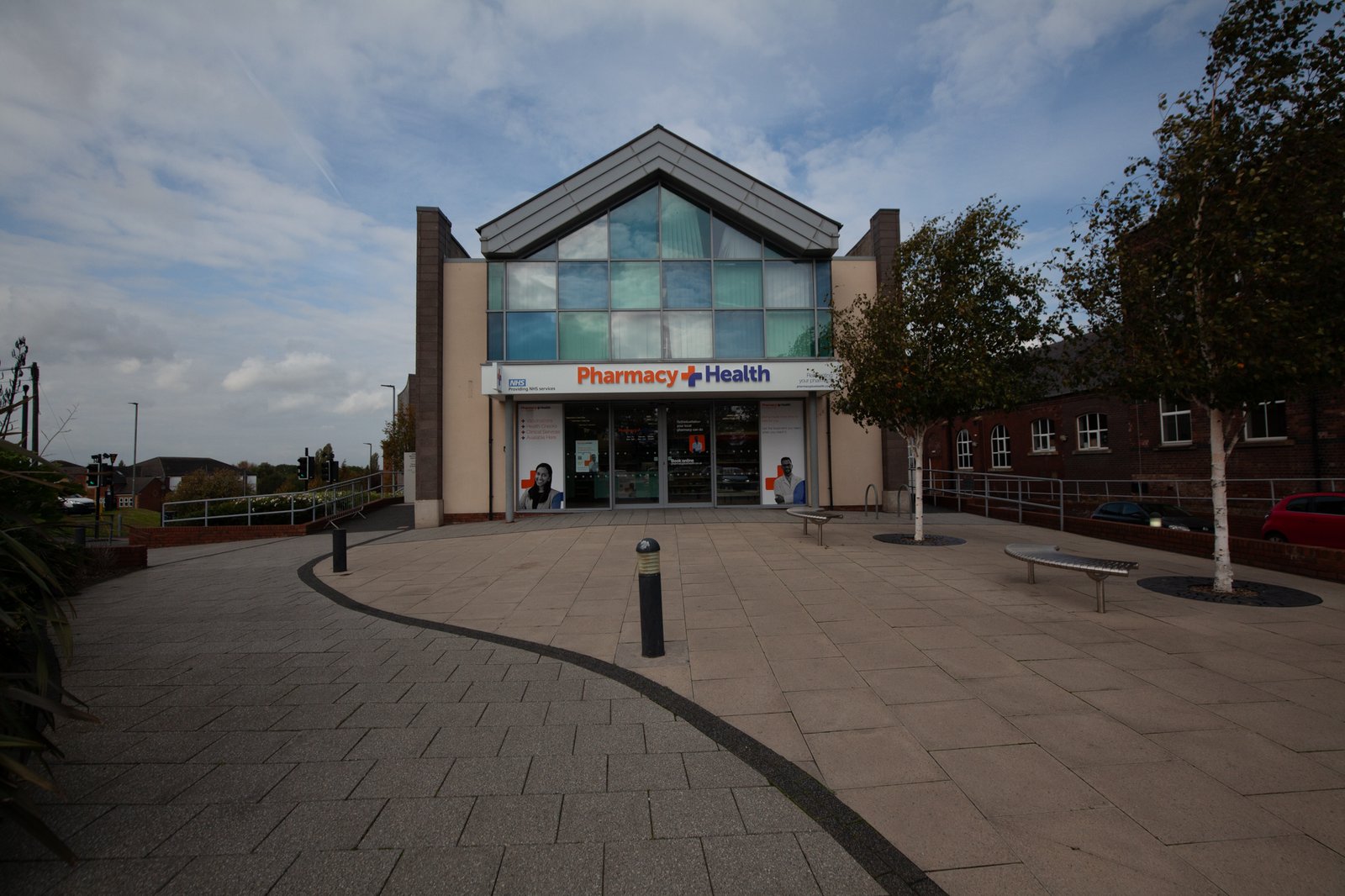


One possibility is to shoot multiple exposures of the same shot and then combine them in editing software to produce a single image. This technique means that one image can be exposed for the brightest areas of the shot, getting all of the detail in the highlights. Another can be exposed for the darkest areas of the shot, to show all of the detail in the shadows. Multiple images between these two extremes will perfectly expose different areas of the scene and when all of this information is combined the resulting file has all of the picture information and retains the details in even the brightest and darkest areas in the composition. When properly edited this image can still show areas of shadow and express how light is used in a space, but do so while bringing balance to the image and an adjustment to the light that our eyes would naturally do for us if we were there in person. These images are called high dynamic range images, or HDR, because of the high range of exposures within the shot.
Poor editing when this technique was first widely available in photo editing software resulted in the technique gaining a reputation for highly saturated, overly vibrant images that were not a good representation of the scene and were generally inappropriate for property photography. The viewer simply mistrusted these images because they looked so manipulated and they were therefore instinctively viewed as a piece of art rather than a fair representation of the property.
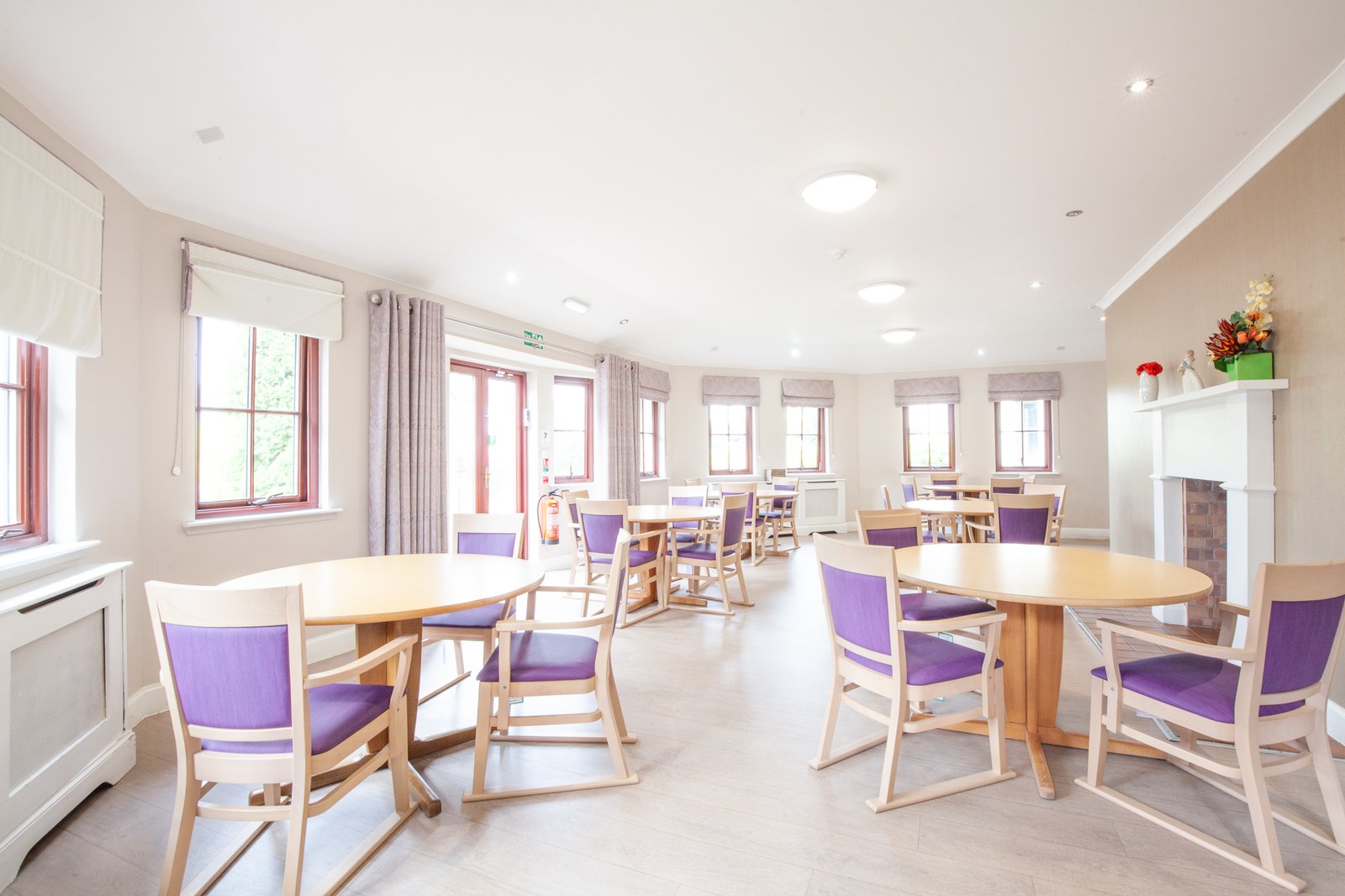
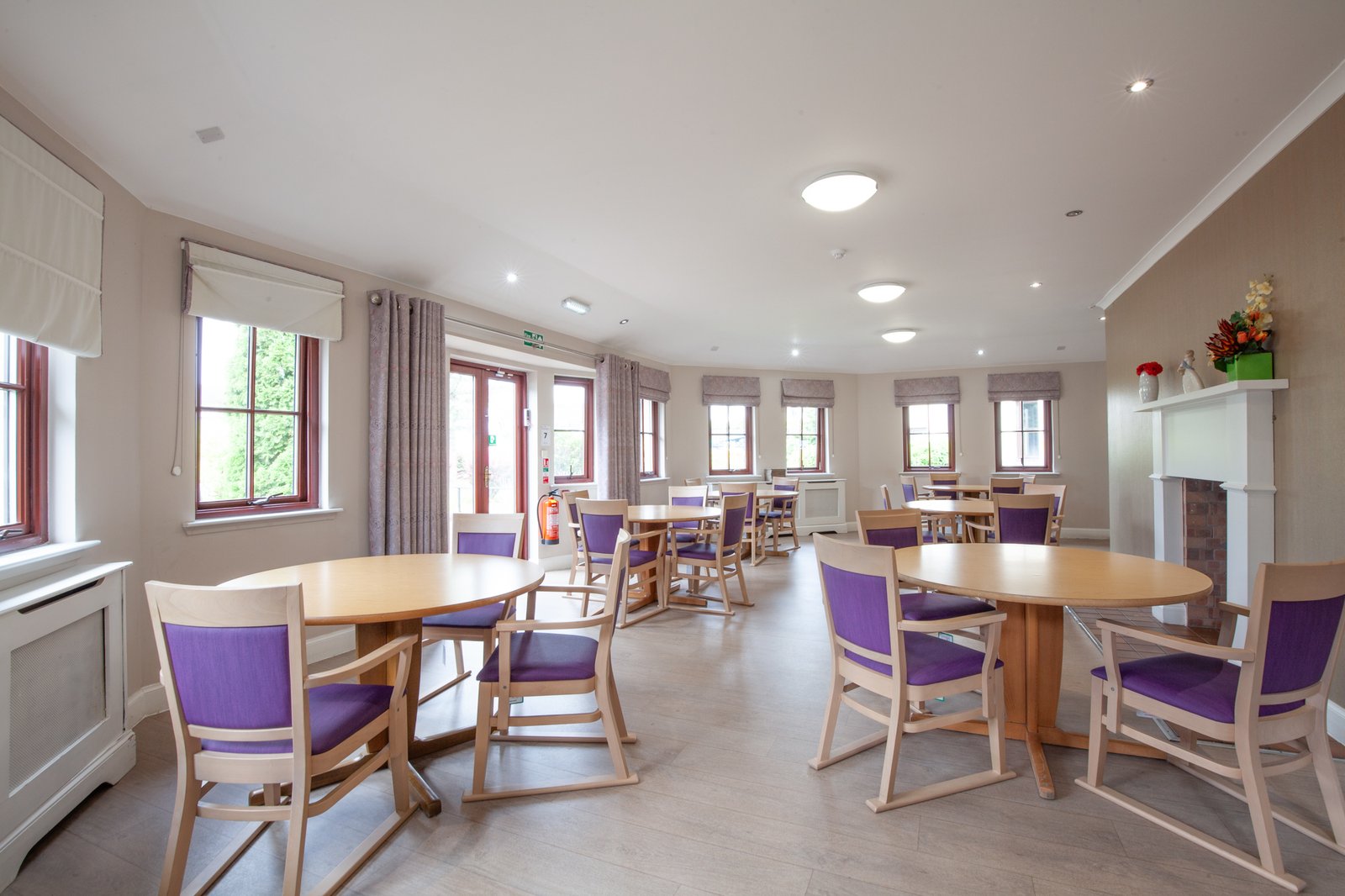
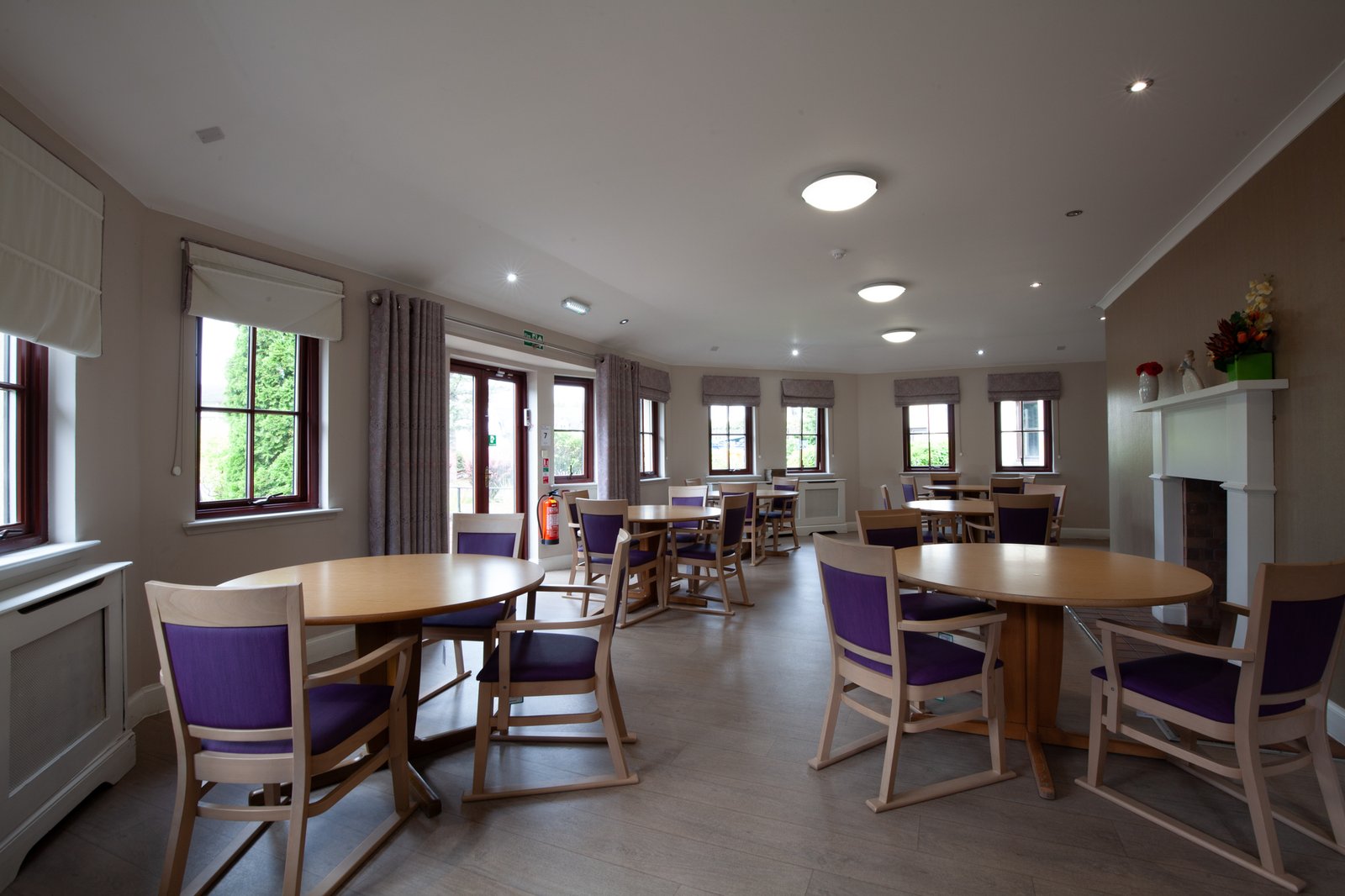
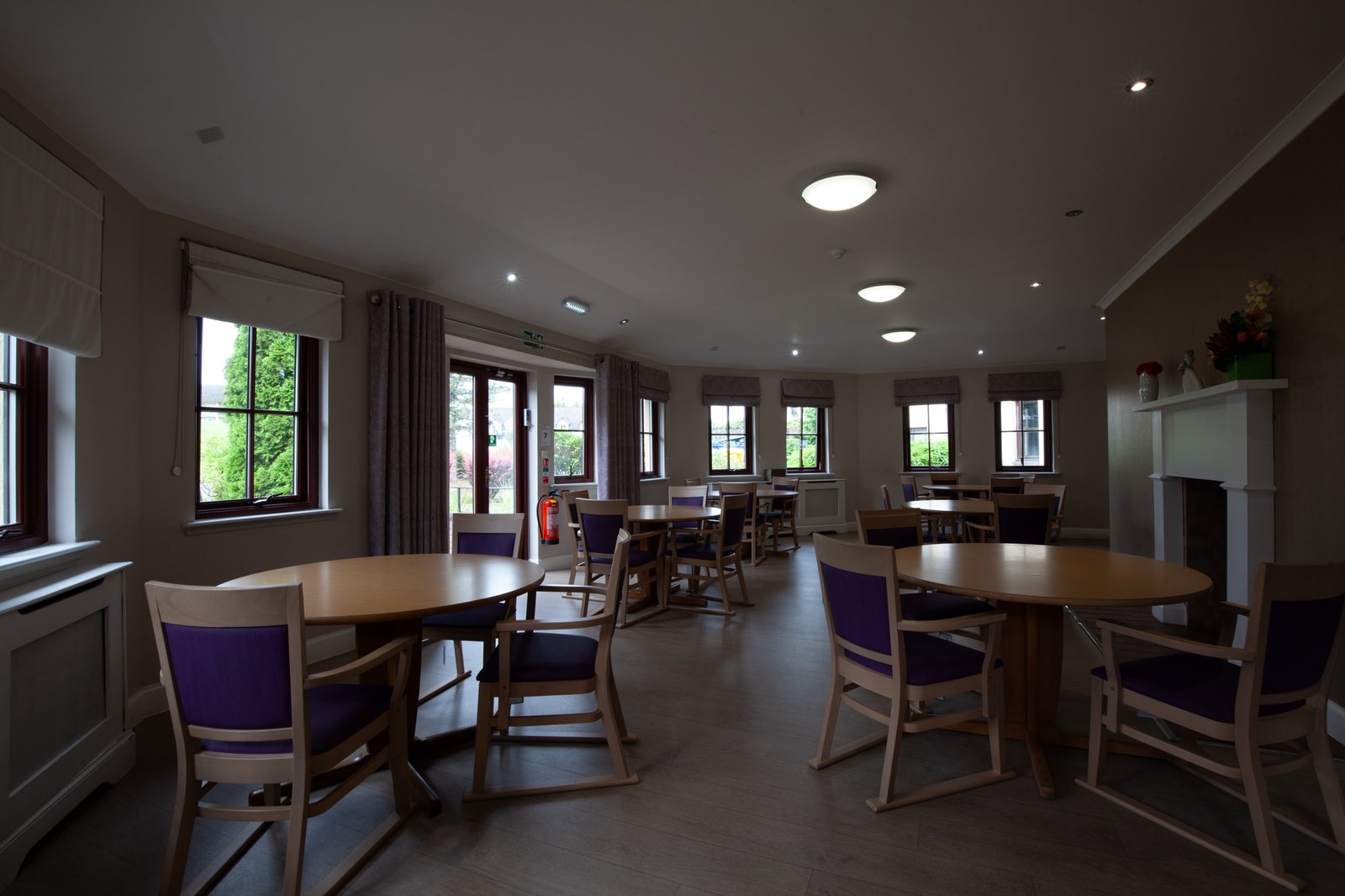
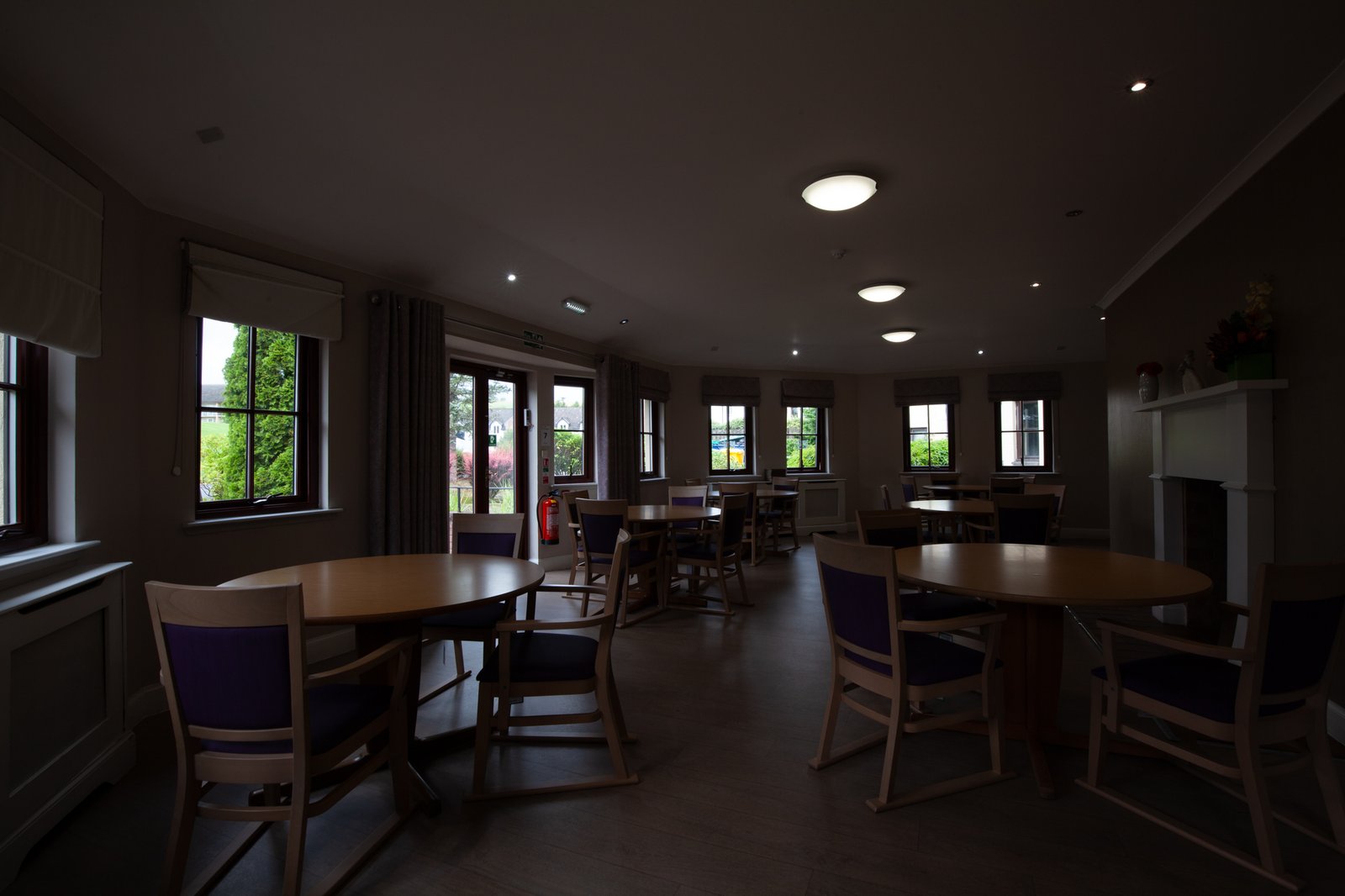

By editing the images with a more subtle touch, the resulting image can however provide stunning shots of properties that could not be achieved by any other technique, while retaining the sense of realism that is essential to allow viewers to trust the image.
I often use this technique for both internal and external photography. It allows me to shoot properties with harsh shadows on sunny days without having areas of the shot that are over or under-exposed. With internal shots HDR is especially useful when there are bright windows where I would like to show the view outside, but it is are far brighter than the inside of the room. Ordinarily these windows would simply show up as bright white rectangles, but with HDR I can decide how much detail to retain in the final image.
Once I have combined the images, I edit using the same thorough post production process that I apply to all of my shots. Read more about my approach to post production here.

